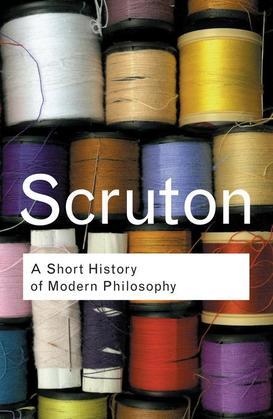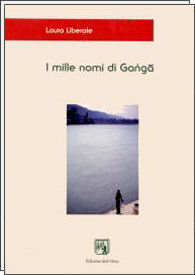The following is the final balance I had to write about my first months (September 2012--end of the year) in the Austrian Academy of Sciences.
On Veṅkaṭanātha, see, e.g., this post.
Sacred Texts’ Epistemology in Veṅkaṭanātha’s Seśvaramīmāṃsā
Participants: E. Freschi
The purpose of the project is the study of the dialectics of the conflicting epistemologies and world-views of Pūrva Mīmāṃsā and Viśiṣṭādvaita Vedānta as represented in Veṅkaṭanātha's Seśvaramīmāṃsā (SM). How can its author, for instance, be at the same time faithful to the Mīmāṃsā atheism and the Viśiṣṭādvaita devotion for Viṣṇu? How can he harmonise the Mīmāṃsā claim that the Sacred Texts are reliable insofar as they have no author with the Viśiṣṭādvaita one that the Sacred Texts have been authored by Viṣṇu? How can he make sense of the conflict between the Mīmāṃsā idea of permanence of the world and the theistic account of its creation? The project will explore the way in which Veṅkaṭanātha produced a new synthesis of these conflicting claims, by reinterpreting some of them and by organizing hierarchically the others.
For this purpose the text of SM 1 (i.e., the epistemological part of the SM, corresponding to approximately 2/3 of the whole SM) will be translated and its edition improved through an unedited manuscript found at Adyar Library.
Retrospect of 2012 (September-December): During the first four months of the project, the first folia of the Adyar Library manuscript of the SM have been collated and the first third of SM 1 has been translated and analysed on the basis especially of its principal model, a discussion on the unity of the Sacred Texts and their analysis in Rāmānuja's Śrī Bhāṣya. Interestingly, Veṅkaṭanātha follows closely the structure of Rāmānuja's argumentation, but brings to completely new results, i.e., to the inclusion of Pūrva Mīmāṃsā within the Canon of Viśiṣṭādvaita Vedānta.
Preview of 2013: The SM 1 will be completely translated. The comparison with Rāmānuja's text and with other texts by Veṅkaṭanātha, especially the Mīmāṃsāpādukā, will be continued. The collation of the Adyar Library manuscript of the SM will be continued. An article will be written on the topic of the innovations to Rāmānuja's position brought forth by Veṅkaṭanātha and a contribution on this topic will be presented at the DOT in Münster, September 2013. Prof. Lawrence McCrea will be in Vienna for one week in June 2013 for a reading session of the SM together with E. Freschi, M. Rastelli, M. Schmücker. A panel on epistemology will be hosted by E. Freschi (together with M. Cuono and P. Mindus) at the Symposium ''There is no Orient: 4th Coffee Break Conference", Turin, 5--7 September 2013.
Any suggestion concerning the Preview of 2013 are welcome!




